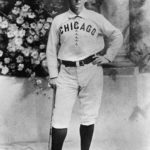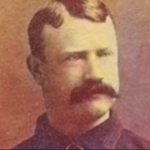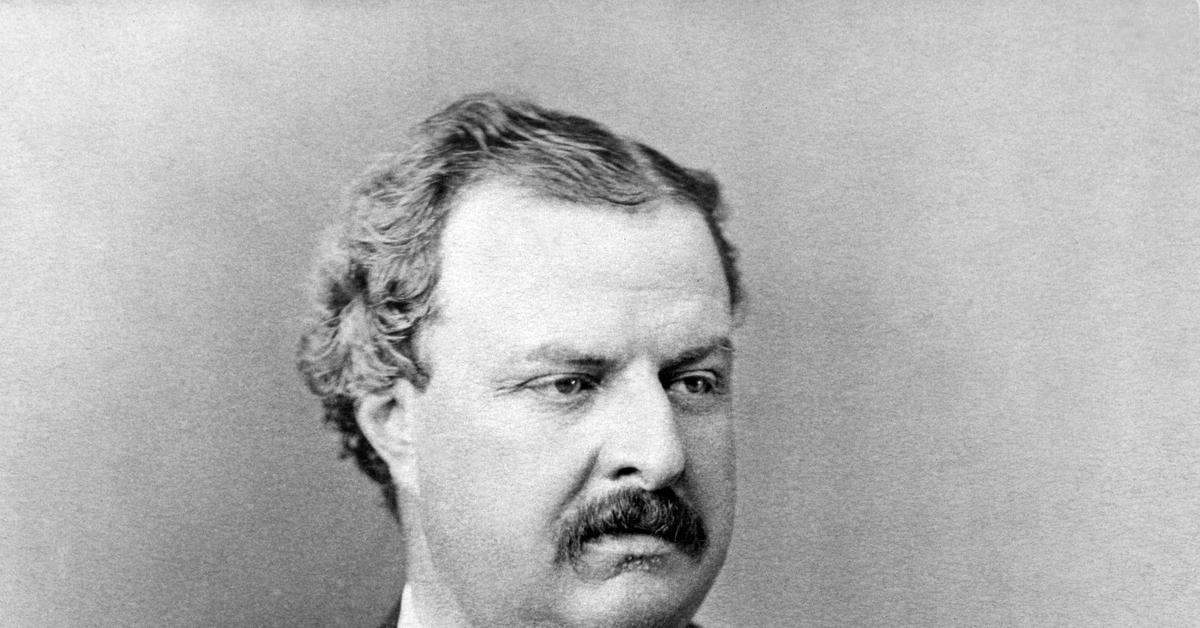Major League Baseball Season Recap 1877
1877 Final Standings NL
Team Name G W L T PCT GB RS RA Boston NL Team 61 42 18 1 .700 - 419 263 Louisville Grays 61 35 25 1 .583 7.0 339 288 Hartfords of Brooklyn 60 31 27 2 .534 10.0 341 311 St. Louis Brown Stockings 60 28 32 0 .467 14.0 284 318 Chicago White Stockings 60 26 33 1 .441 15.5 366 375 Cincinnati Red Stockings 58 15 42 1 .263 25.5 291 485
League Champion: Boston Red Stockings
The National League entered 1877 with just six teams after the expulsion of two of its largest markets, New York and Philadelphia. The season would go forward with the six teams, making it the smallest major league ever (a distinction it shares with the 1878 NL and the 1882 American Association). Incidentally, it is along with the 1878 NL the only league in which all of the team nicknames included colors.
There were a number of significant rule and procedure changes enacted for the NL’s second season. For the first time, scheduling was handled by the league office rather than being the responsibility of team management. The schedule was reduced to 60 games from 70 due to the smaller number of teams, but each season series now consisted of twelve games rather than ten.
On the field, home plate was made part of fair territory. But most significant was the elimination of the fair-foul hit (much of the information on this topic comes from the article “The Lost Art of Fair-Foul Hitting” by Robert H. Schafer in The National Pastime #20). Prior to 1877, a ball that hit initially in fair territory was a fair ball, no matter where it bounded after that. In 1877, the new rule defining fair and foul was essentially the modern rule that we are all familiar with.
Before the rule change, a small group of batters had shown proficiency in intentionally batting the ball so that it hit near the plate in fair territory, then bounced off wildly into foul territory. If executed successfully, it almost always resulted in a base hit and often a double. Ross Barnes even hit a fair-foul home run in 1872, the only homer he hit that season.
While the rule changes did bring the treatment of fair and foul closer to modern standards, one antiquated rule that remained in effect was that a foul ball fielded on the first bounce was treated the same as a caught pop-up was. Some observers felt that maintaining this rule while eliminating the fair-foul hit swung the scales too far in favor of the defense, but it would remain in effect off and on for the foreseeable future.
The National League had quite an odd season indeed. The Hartford Dark Blues played all of their home games in Brooklyn, looking to make a better profit; it didn’t work. The Cincinnati Red Stockings, in the midst of another awful season, folded in June; although the franchise was quickly reorganized, they sold Charley Jones, Jimmy Hallinan, and Harry Smith to Chicago during the brief outage. The outcry forced William Hulbert to return Jones to Cincinnati, but the additions did not help the defending champion White Stockings, who tumbled to fifth place, fifteen and a half games off the pace after winning the pennant by six games in 1876.
On August 8, Mike Dorgan of St. Louis supposedly became the first to use a rudimentary catcher’s mask during a game. The innovation was initially mocked, but within a couple short years had become standard equipment, as catchers moved up close to the plate and provided a target for the pitcher. At around that time in the season, Louisville had established themselves at the top of the pack, with a 3 1/2 game lead over Boston on August 13 (the source for the information on the Louisville saga presented here is an article by Daniel E. Ginsburg entitled “The Louisville Scandal” in SABR’s Road Trips). At that point, the Grays embarked on an eastern road trip to Hartford and Boston, going 0-7-1 and yielding the lead to the Red Stockings, who would go on to capture the pennant by seven games over Louisville.
It would later come out that four Grays were involved in a game throwing conspiracy (the exact details have never been fully exposed, in regards to who was the mastermind, if all the players fingered were actually complicit, etc.). They were reserve Al Nichols, shortstop Bill Craver, star left fielder George Hall, and the only man who appeared in the pitcher’s box for Louisville all year, Jim Devlin. There was immediate suspicion and all four were promptly banned for life when the scheme was uncovered.
At the conclusion of the season, the disgraced Louisville franchise exited the league, as did Hartford/Brooklyn, who did not find greener pastures in New York, and St. Louis, leaving uncertainty hanging over the NL as it scrambled to find enough teams to play ball in 1878.
Off the Field…
American inventor Thomas Edison patented a machine called “The Phonograph” that reproduced sound by means of a needle in contact with a grooved rotating disk. The original “record playing” instrument consisted of a spinning cylinder covered with indented paraffin above a thin plate carrying a needle. As the plate vibrated under the influence of noise, the needle made minute undulations in the soft material to reproduce the sound.
In the National League…
Syracuse Stars catcher Pete Hotaling became the first professional catcher to wear a mask. Harvard captain Fred Thayer originally designed the device to protect his teammate Jim Tyng.
The National League experienced its first scandal after accusations were reported by the Louisville Courier Journal of a fix involving their Louisville Grays. After compiling a 27-12 record, the Grays lost eight in a row with Boston winning thirteen out of fifteen for the pennant. Despite a thorough investigation and several suspensions, the crime was never actually proven to have taken place.
“Baseball is a man maker.” – Al Spalding
Did you know that on March 22, 1877, the National League published the first league wide schedule in history?
On May 17, 1877, Al Spalding’s baseball was officially adopted for Major League use because it was “more lively” than the early “lemon peel ball” still being used.
On July 13, 1877, Cal McVey took the mound and started a game for Chicago. George Bradley, who started the previous day, finally received a well-earned rest as he had pitched the previous eighty-nine consecutive games.
Debuts during 1877 (19)
Date Team Player Name (Age) 8-27 HAR N Josh Bunce (30) 5- 8 STL N Mike Dorgan (23) 8-17 CHI N Charlie Eden (22) 10- 2 STL N Jack Gleason (23) 7- 3 LOU N John Haldeman (21) 7-17 STL N Leonidas Lee (16) 7-16 STL N Harry Little (26) 8-17 STL N Tom Loftus (20) 7-14 STL N Patrick McKenna (22) 9- 6 CIN N George Miller (24) 9- 6 CIN N Bobby Mitchell (21) 8- 8 STL N George Newell (22) 8-27 HAR N Israel Pike (23) 10- 1 CHI N Laurie Reis (18) 5-30 CHI N Dave Rowe (22) 5- 8 CHI N Harry Smith (21) 9-24 CIN N Chub Sullivan (21) 8-21 HAR N Live Taylor (26) 7-20 BOS N Will White (22)






